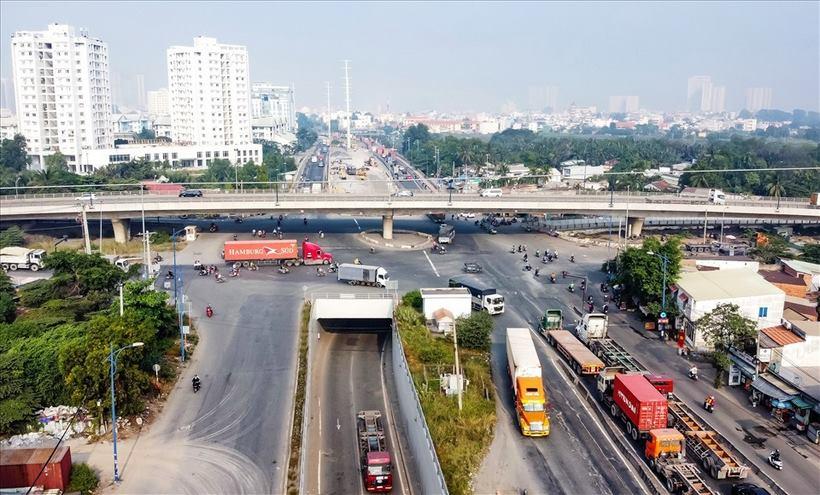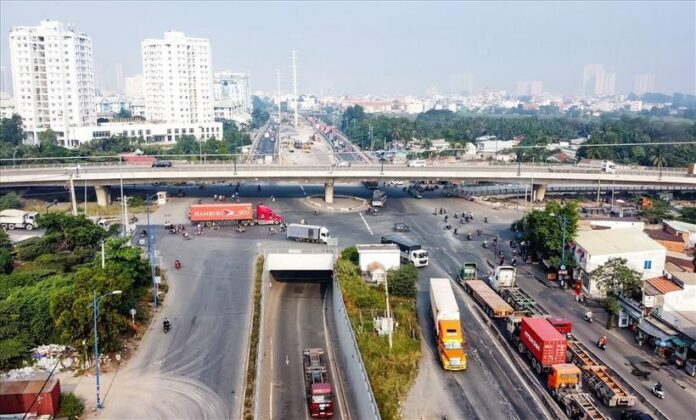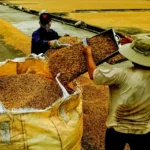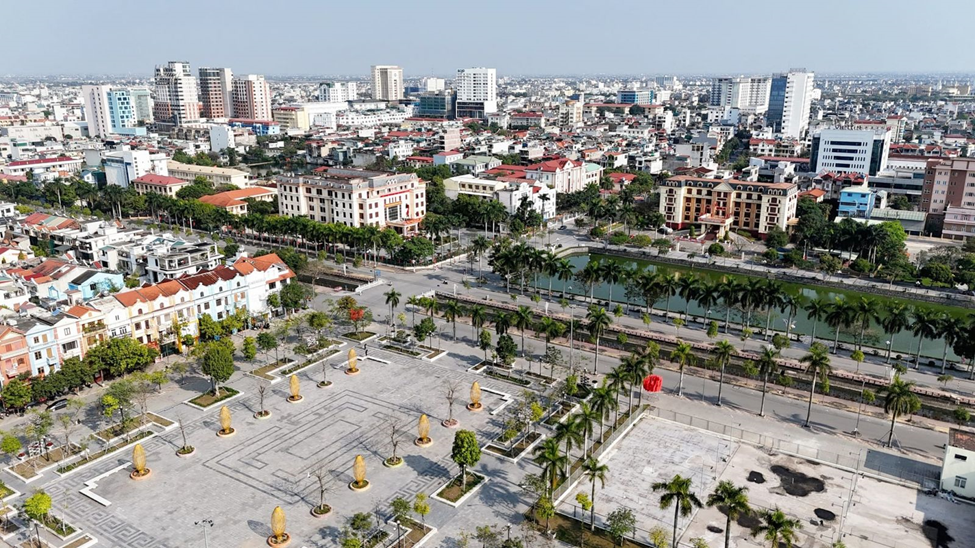Ho Chi Minh City and Dong Nai are set to be connected by three new bridges, according to the recently approved adjustment plan for Ho Chi Minh City’s master plan for the period up to 2040, with a vision towards 2060. These bridges include the Cat Lai, Phu My 2, and Dong Nai 2 projects.
The Deputy Prime Minister, Tran Hong Ha, has signed a decision to approve the adjusted master plan, with a particular focus on the development of technical infrastructure. Notably, the plan includes the construction of the Phu My 2, Cat Lai, and Dong Nai 2 bridges, prioritizing the Cat Lai bridge.
Ho Chi Minh City has agreed to implement relevant planning adjustments for the Cat Lai bridge project, which will replace the current ferry system. To facilitate this project, leaders and construction departments of both Ho Chi Minh City and Dong Nai have held multiple working sessions, addressing challenges and ensuring synchronized and feasible implementation.
The Ho Chi Minh City Construction Department has received the proposed route plan for the Cat Lai bridge project from their Dong Nai counterparts and has communicated the same to the People’s Committee of Thu Duc City, who have requested legal and project-related information for integration into the 1/2000 scale subdivision planning of Thu Duc City.

The proposed route for the Cat Lai bridge, suggested by the Dong Nai Construction Department, follows Nguyen Thi Dinh Street and aligns with the approved master plan for Ho Chi Minh City for the period of 2021-2030, with a vision towards 2050. This route also aligns with the previously agreed-upon plans between the two localities.
According to the Ho Chi Minh City Construction Department, the proposed design for the Cat Lai bridge meets technical requirements. However, further clarification is needed regarding connectivity and traffic organization at the My Thuy intersection, the Lien Cang Cat Lai – Phu Huu road junction, and the access points for Cat Lai port. As such, the Ho Chi Minh City Construction Department will collaborate with their Dong Nai counterparts to finalize the bridge design in subsequent steps.
Currently, the Cat Lai bridge project is only included in the Ho Chi Minh City master plan for 2021-2030, with a vision towards 2050. To ensure a solid foundation for the preparation of pre-feasibility and feasibility reports, the Ho Chi Minh City Construction Department has recommended that the People’s Committee instruct the Construction Department and the People’s Committee of Thu Duc City to incorporate the Cat Lai bridge into the Ho Chi Minh City master plan and the 1/2000 scale subdivision planning of Thu Duc City, in line with Dong Nai’s proposal.
In May 2025, the Dong Nai Construction Department issued an invitation for investors for the Cat Lai bridge project, with a total investment of over VND 19,000 billion. The project will be implemented through a public-private partnership (PPP) model and will serve as a vital transportation link between Dong Nai and Ho Chi Minh City. The bridge will feature six lanes for motor vehicles and two mixed-use lanes.
Dong Nai has proposed dividing the project into four components. The first two components, involving land clearance in Ho Chi Minh City and Dong Nai, will be carried out by the respective localities using their budget funds. The third component, the construction of the Cat Lai bridge, will be implemented through a BOT model with the participation of Dong Nai’s budget capital. The fourth component, involving the construction of a connecting road after the Cat Lai toll station, will be carried out by Dong Nai using provincial budget funds or through a BT model with land fund exploitation.
“NBB Garden III Receives Detailed 1/500 Planning Approval”
As of the disclosure announcement on June 16, 2025, Ho Chi Minh City Technical Infrastructure Investment Joint Stock Company (HOSE: CII) revealed that the NBB Garden III residential project of Nam Bay Bay Investment Joint Stock Company (HOSE: NBB) has been approved for a detailed urban planning adjustment plan at a 1/500 scale.
The Investment Appeal of Ho Chi Minh City’s New Mega-Metro
The recent approval of the proposal to merge Ho Chi Minh City, Binh Duong, and Ba Ria-Vung Tau marks a pivotal moment in the comprehensive restructuring of urban spaces, infrastructure, and investment flows in Southern Vietnam. This ambitious undertaking heralds a new era of development, promising to revolutionize the region’s landscape and unlock unprecedented opportunities for growth and prosperity.
What Will the New Mega-City of Ho Chi Minh Look Like Post-Merger?
Post-merger, Ho Chi Minh City emerged as the nation’s most populous city, boasting a staggering population of over 14 million individuals. It stands as a bustling metropolis, not only in terms of its population but also as a powerhouse of economic prowess, leading the country with its immense scale and potential.
The Online Grocery Conundrum
“In an interview with Tien Phong newspaper regarding the complex issue of unsafe and low-quality food, Mr. Nguyen Quang Huy, Deputy Head of the Ho Chi Minh City Market Management Department, stated that the range of violating products is diverse. It spans from fresh produce and ready-to-eat meals to sugar, bird’s nest, and dietary supplements.”





















